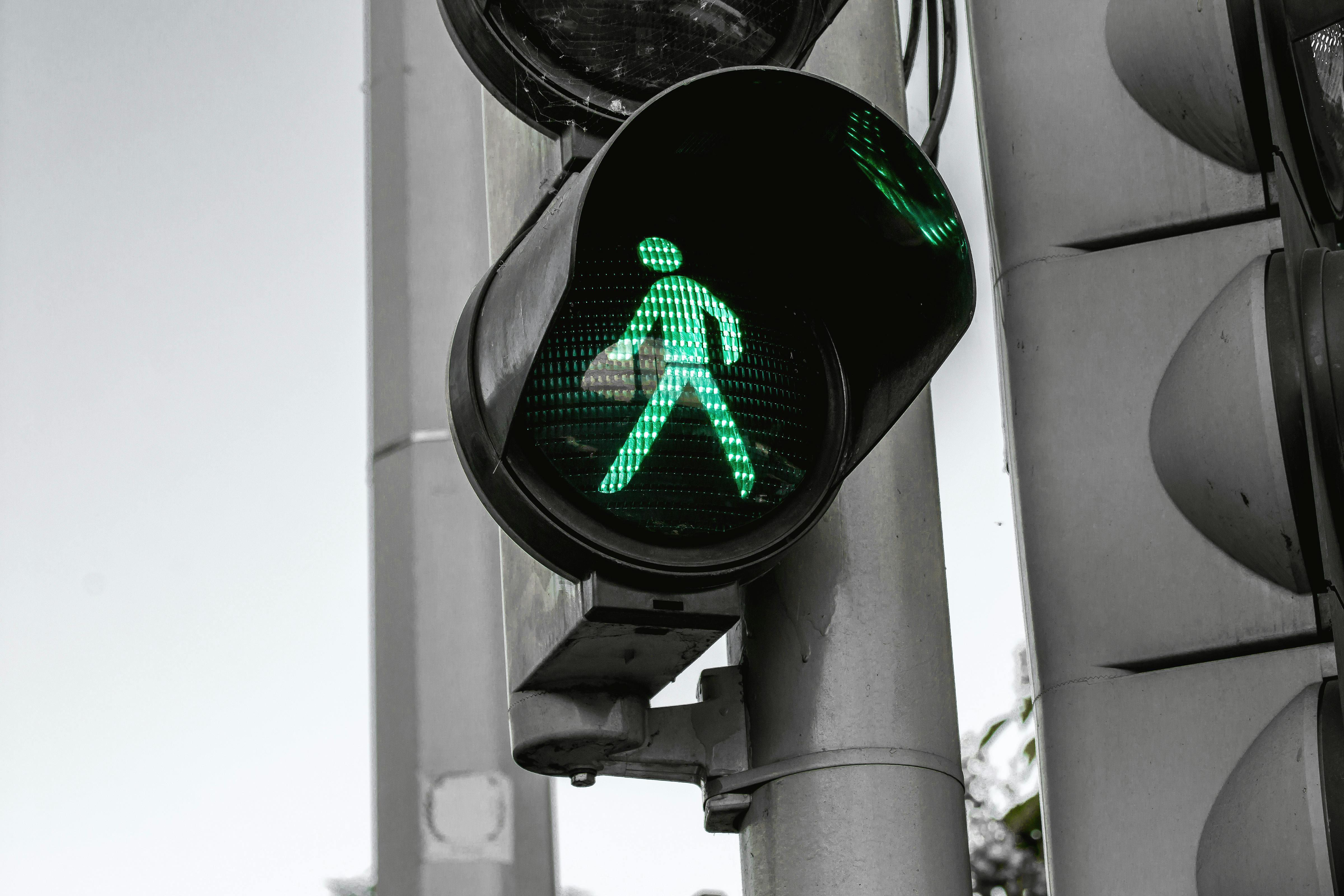You may think the wind hasn’t damaged your roof if you don’t see any ripped shingles. Think again. Wind can cause a multitude of damages to your roof that will shorten its lifespan and leave it susceptible to leaks and further damage. And you may never know!
When the wind blows, it creates an enormous amount of pressure on the shingles. The damage does not occur from the wind itself getting under the shingles, but from the vacuum forces created at the surface. Have you ever seen a video of a tornado approaching a house and suddenly the whole roof lifts up like a lid? It is the same lifting force that can damage your shingles, albeit on a smaller scale.
The first thing the wind will do to your shingles is break the adhesive seal. Once that seal is broken, the shingles become susceptible to being ripped off completely. These loose shingles will often flap up and down during the next thunderstorm, allowing rainwater to seep underneath where it’s not supposed to be! Wind-driven rain can cause leaks and damage the interior of your home. Although many insurance companies and their engineering firm partners claim that a broken seal is not damage, there is no question that it is damage. Shingles must be sealed in order for them to do their job properly. All manufacturers’ specifications emphasize the fact that the shingles must be sealed. At a minimum, these shingles should be hand sealed down. This may not be possible with older shingles, depending on their condition.
In some cases, when the shingle seal is broken, it will delaminate that shingle or the one it was sealed to. In this case, the shingle simply cannot be resealed. Both shingles need to be replaced. It is quite possible that an entire roof will need to be replaced due to delamination, even though all the shingles are still in place.
Another common form of wind damage that cannot be seen from the ground is wrinkling. This happens when the seal has been broken, and with the shingle flapping in the wind, it folds back enough to form a crease. This will usually happen before the shingle is completely detached, which is the most obvious form of damage and easily visible from the ground.
Don’t wait until your roof leaks! Have your roof inspected at least once a year and after any major storm to make sure you’re aware of its condition. You may be able to get a new roof through your homeowners insurance!
